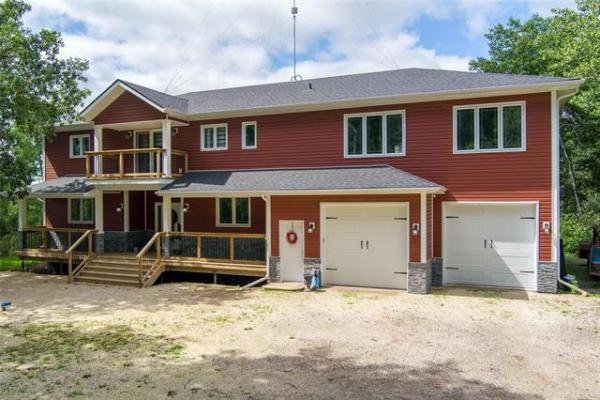QUESTION: I have a question about my home and hope you can provide some advice or at least relieve my troubled mind.
Last November I purchased and moved into a small "slab" house in the Crescentwood area of Winnipeg, a wartime house built in the forties. It has a crawl space. The furnace and hot water tank are in the crawl space, and not much else except a sump pump. The outer concrete "walls" are insulated. The beams and flooring are open and visible from the crawl space.
When I purchased the home, I did not want to write an offer that was "subject to an inspection" because I was afraid I would lose out to another purchaser. After taking possession, I have found that I have a few concerns.
The first issue is that the crawl space smells mouldy, especially in the summer. I've made every effort to ensure the downspouts are not clogged and water is directed away from the foundation. The sump pump is functional and kicked in a few times during the downpours we experienced in the spring. Because of the dampness in the crawl space, is there potential for rotting of the beams and flooring?
Secondly, should the home be tested for radon gas? I've checked out the testing equipment at Rona. It appears to be quite a procedure.
I don't like surprises. Is there potential for any other problems with this type of home? I don't know if it is often done after possession, but is an inspection at this time something you would recommend?
-- Donna Parkhurst, Winnipeg
ANSWER: While I have received surprisingly few emails like yours, about problems discovered after possession of a home that was not subject to a pre-purchase inspection, I do many inspections after new homeowners have moved in. I will explore the concern you have with the damp smell in your crawl space while answering your other questions about further testing and inspection.
As anyone attempting to purchase a pre-owned home in our area has discovered in the last few years, it's become a very competitive process. While this appears to have its ebbs and flows, the strong sellers' market has continued, even as the economy has slowed.
Unfortunately, with this competition has come an unwelcome and disturbing trend, as you have seen. Inclusions of normal clauses in an offer-to-purchase that protect buyers' interests are being omitted. Chief among these are inspection and financing conditions, which used to be standard in most offers. Pressure to make "clean" offers is coming from sellers and listing agents even when only one or two offers are received.
While I empathize with you and all other buyers who have been pressured to eliminate this critical component of the normal due-diligence prior to purchasing a home, I don't understand the mass hysteria and general compliance with this dangerous trend. Without a pre-purchase inspection, this enormous financial commitment is truly taken at your own risk. Not knowing which components of a home will need replacement, upgrading or repair after possession often leads to situations like yours, with unforeseen problems.
To address your final question first, it would be an excellent idea to do a complete inspection of your home even after you have been living there for several months. You should still know the condition of the major components of your home so you can properly prioritize and budget for upgrades. Regular maintenance recommendations and general information included with the inspection will also be useful.
Solutions for minimizing or eliminating the mouldy smell from your crawl space would also be part of this process. While I could provide some of this information here, or you could research the issue online, there is no real substitute for a hands-on inspection and explanation provided by a trained home inspector.
As one example, the description of your home as a "slab" home is completely inaccurate. If so, it wouldn't have a crawl space. Slab homes are built directly on grade and sit on a concrete slab only, which is the derivation of the name. They don't often have floor joists, so your question of rotted framing would be a moot point if you truly purchased this style of home.
The question of radon testing is also a good one and more of a concern in a home with exposed soil in the crawl space. Radon will enter most dwellings through the soil beneath the building, and a large, open area like your crawl space will put your home at higher risk for soil gas intrusion as well as moisture damage to the floor components. I would caution that the testing kits available at retailers may provide some answers, but can be tricky for some people to use. Their placement, as well as accurate recording of the time of exposure, are critical to radon-testing equipment. It's advisable to consult a professional environmental engineer or radon specialist before testing. Most accurate testing requires a minimum of three months, done during the heating season when the home is largely sealed up. Again, details about this process would be available from an experienced home inspector and part of your pre-purchase or post-possession inspection.
Ari Marantz is the owner of Trained Eye Home Inspection Ltd. and president of the Canadian Association of Home & Property Inspectors - Manitoba (www.cahpi.mb.ca). Questions can be emailed to the address below. Ari can be reached at (204) 291-5358 or check out his website at www.trainedeye.ca.
trainedeye@iname.com



